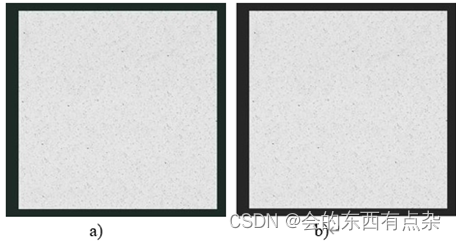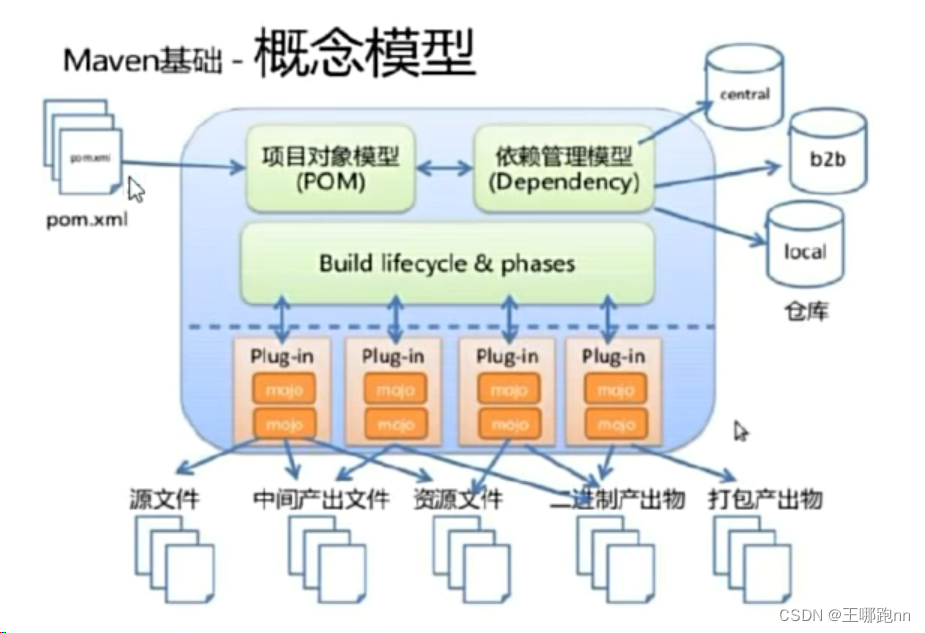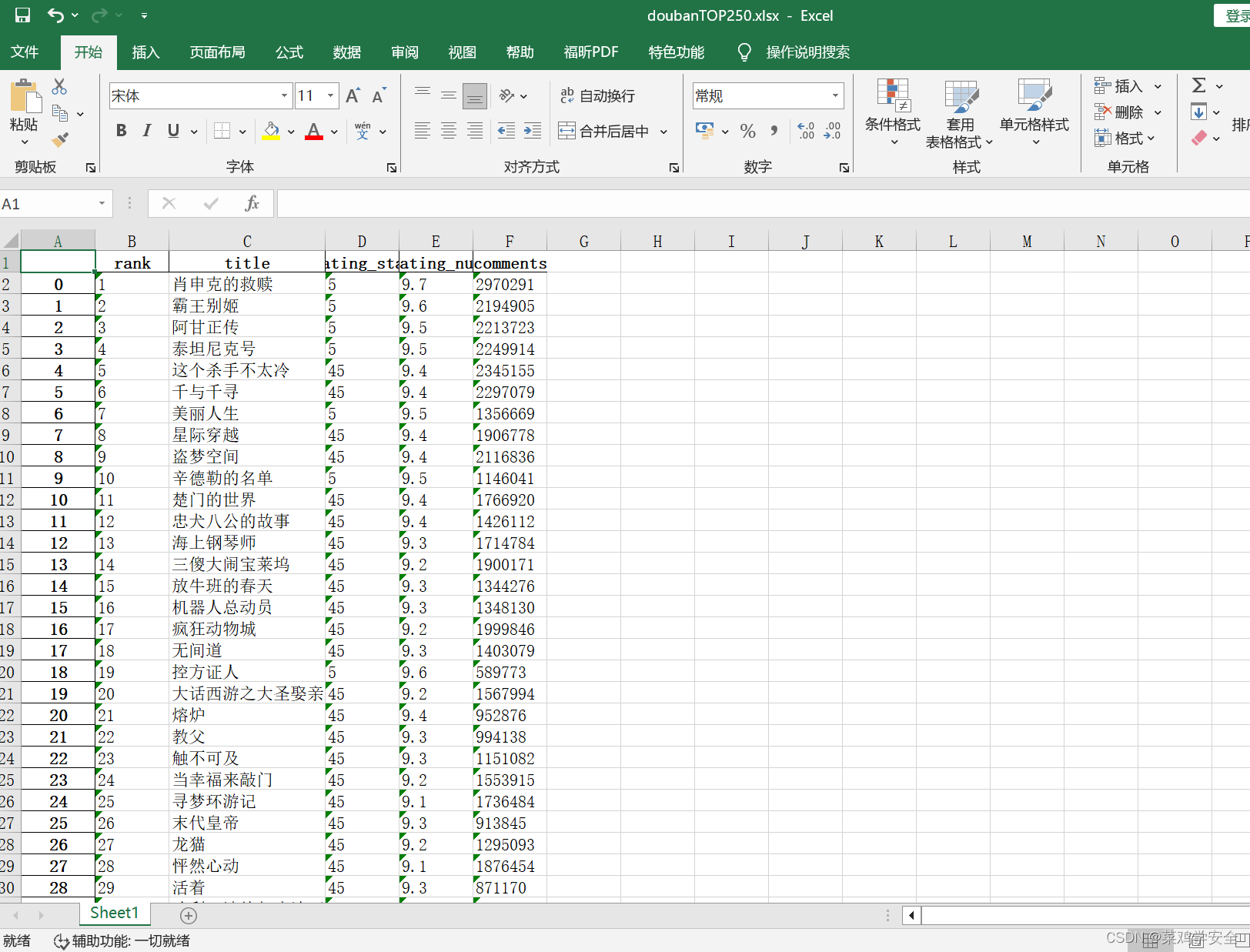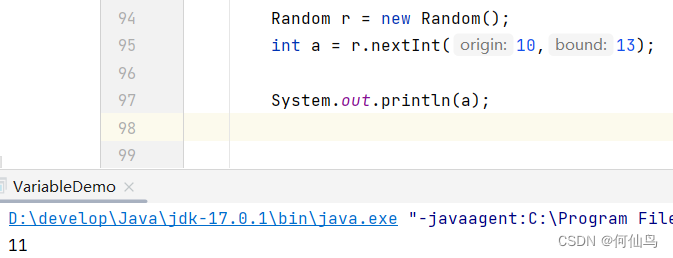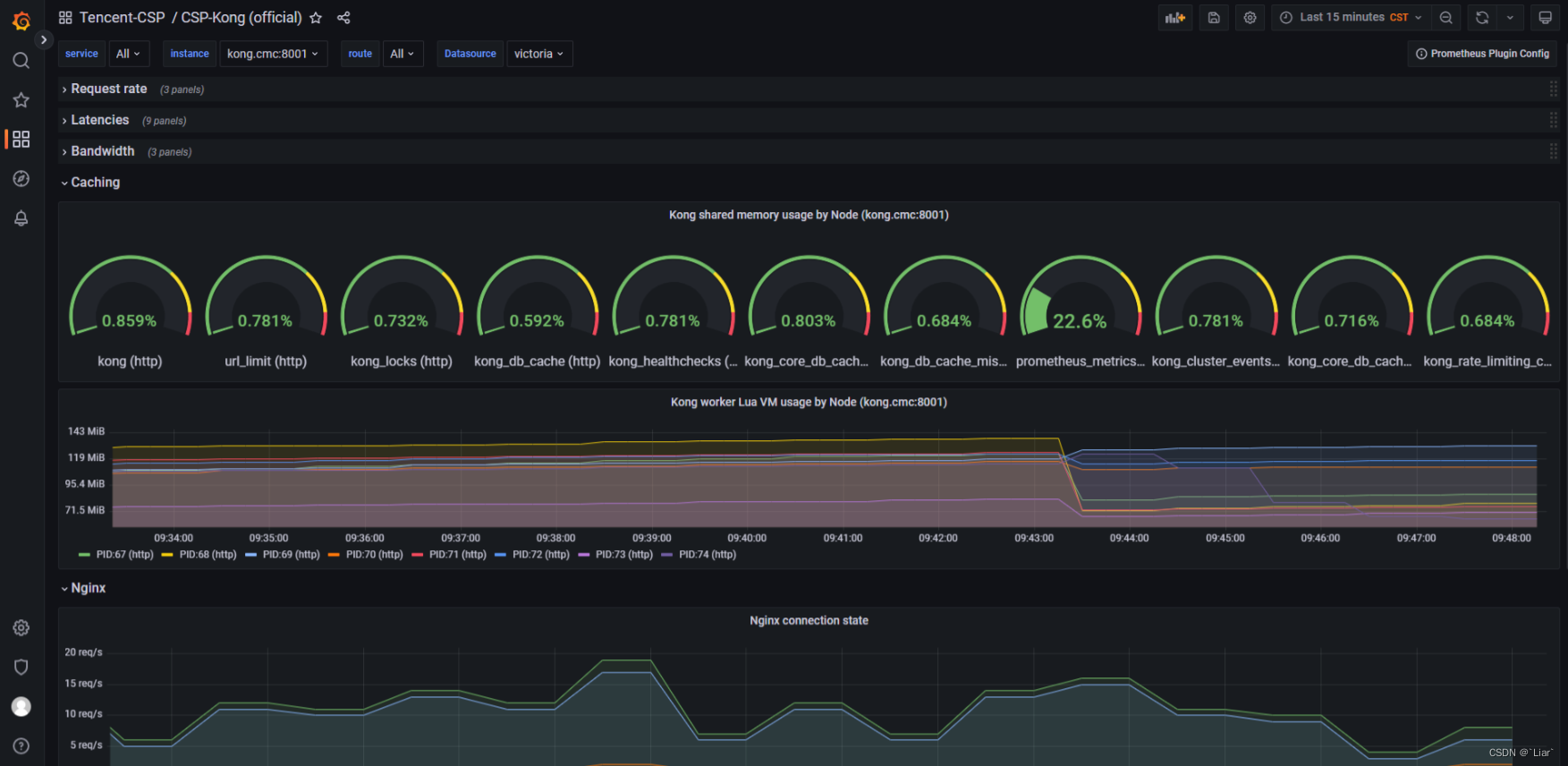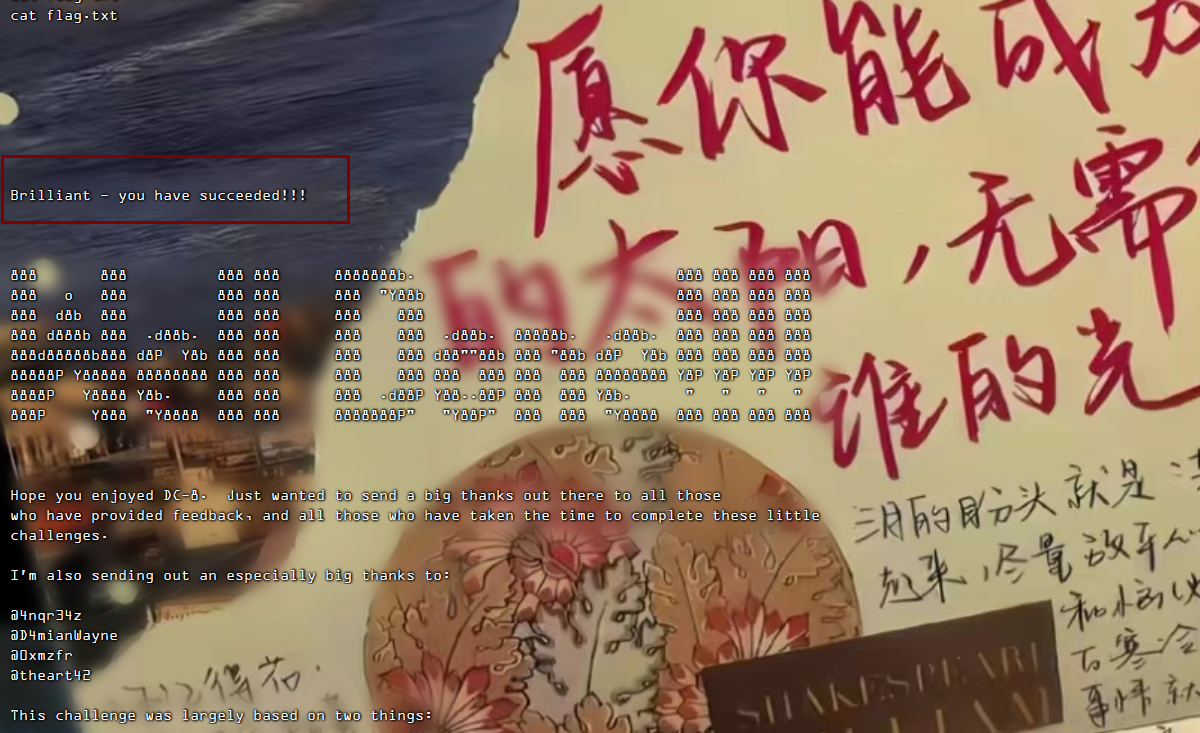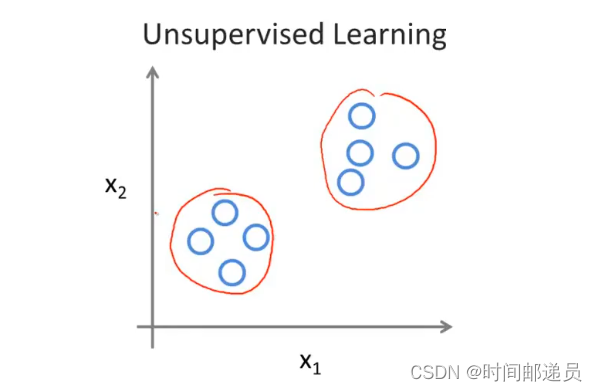文章目录
- 1. F-score
- 1. 1 原理
- 1. 2 代码
- 2. Dice Loss
- 2.1 原理
- 2.2 代码
通过看开源图像语义分割库的源码,发现它对 Dice Loss 的实现方式,是直接调用 F-score 函数,换言之,Dice Loss 是 F-score的特殊情况。于是就研究了一下这背后的原理,作文以记之。
1. F-score
1. 1 原理
首先介绍 F-score:

要理解F-score,就要先回顾一下 Precision 和 Recall,首先给出公式:

这两个指标衡量算法的准确性时,通常是相互排斥的。例如,输入一个数据,算法根据数据预测一个分数,现在为该分数设定阈值,大于阈值的预测为真,小于该阈值的预测为假。
- 如果这个
阈值得过低,低到测试集中所有的样本均判定为真,那么此时,FN=0(False negative, 压根就没有预测出来 negative 的样本),代入公式 (2) 得 Recall = 1。但此时,预测为真的样本中,包含大量的 FP,即 False Positive,将会导致 Precision 过低。 - 如果这个
阈值设置得过高,使得所有被判定为正的样本都是真的,那么 FP=0,Precision=1,此时将不可避免有很多本应被判定为正的样本,被错误地判定为负,也就是 FN 很大,导致 Recall 过低。
在不同的应用场景下,对这两个指标的侧重不同。例如新冠感染者检测,就应该尽量提高 Recall,务求没有漏网之鱼。但在检测垃圾邮件时,应该尽量提升 Precision,即每个被判定为垃圾邮件的,都是板上钉钉毫无争议的,防止出现误伤,把正常邮件当成垃圾邮件处理。
F-score 则是将这两个指标综合起来:

-
β \beta β控制 Precision 和 Recall 的重要程度, 当 β = 1 \beta=1 β=1, 对应
F1-score,此时 Precision 和 Recall 同样重要。 -
β \beta β两个常用的取值是
0.5和2,当取 0.5 时,Precision 对 F-score 的影响更大,当取 2 时,Recall 对 F-score 的影响更大。(可以考虑得更极端一点,当 β → 0 \beta\rightarrow0 β→0,公式(3)趋于 Precision;当 β → ∞ \beta\rightarrow\infty β→∞,公式(3)上下同除以分子,易知其将趋于 Recall)
最后,把 (1) (2) 代入 (3) 得:

1. 2 代码
def f_score(inputs, target, beta=1, smooth = 1e-5, threhold = 0.5):
n, c, h, w = inputs.size()
nt, ht, wt, ct = target.size()
if h != ht and w != wt:
inputs = F.interpolate(inputs, size=(ht, wt), mode="bilinear", align_corners=True)
temp_inputs = torch.softmax(inputs.transpose(1, 2).transpose(2, 3).contiguous().view(n, -1, c),-1)
temp_target = target.view(n, -1, ct)
#--------------------------------------------#
# 计算dice系数
#--------------------------------------------#
temp_inputs = torch.gt(temp_inputs, threhold).float()
tp = torch.sum(temp_target[...,:-1] * temp_inputs, axis=[0,1])
fp = torch.sum(temp_inputs , axis=[0,1]) - tp
fn = torch.sum(temp_target[...,:-1] , axis=[0,1]) - tp
score = ((1 + beta ** 2) * tp + smooth) / ((1 + beta ** 2) * tp + beta ** 2 * fn + fp + smooth)
score = torch.mean(score)
return score
inputs为分割模型的预测输出,未经过softmax, target为gt- temp_target中将channels维度设为num_classes+1,为了方便处理白边,因此在实际计算时需要去掉最后一个channel:
temp_target[...,:-1]

- 预测分割图
temp_inputs与 GT 分割图的点乘,然后再(n,hw)方向上求和作为tp
参考自: Dice系数(Dice coefficient)与mIoU与Dice Loss

- 因为预测
temp_inputs (pred) = fp+tp, 因此已知temp_inputs和tp, 就可以求出fp - 同理
temp_target (gt) = fn+tp, 因此已知temp_target和tp, 就可以求出`fn - 然后根据
F-score的计算公式,在已知tp,fp,fn以及beta系数,就可以计算出F-score值了

score = ((1 + beta ** 2) * tp + smooth) / ((1 + beta ** 2) * tp + beta ** 2 * fn + fp + smooth)
score = torch.mean(score)
2. Dice Loss
2.1 原理
Dice Loss 是语义分割中常用的一种损失,它的计算方法如下:

即,分子为预测值与真实值的交集元素数目的两倍,分母为两个集合元素数目之和(注意并不是并集,而是和)。而

因此,(6) 相当于:
1
−
2
T
P
2
T
P
+
F
P
+
F
N
1-\frac{2TP}{2TP+FP+FN}
1−2TP+FP+FN2TP
而上式的结果,正是公式 (5) 中
β
=
1
\beta =1
β=1的情况,也就是F1 score。因此,
Dice Loss = 1 - F1 score
2.2 代码
def Dice_loss(inputs, target, beta=1, smooth = 1e-5):
n, c, h, w = inputs.size()
nt, ht, wt, ct = target.size()
if h != ht and w != wt:
inputs = F.interpolate(inputs, size=(ht, wt), mode="bilinear", align_corners=True)
temp_inputs = torch.softmax(inputs.transpose(1, 2).transpose(2, 3).contiguous().view(n, -1, c),-1)
temp_target = target.view(n, -1, ct)
#--------------------------------------------#
# 计算dice loss
#--------------------------------------------#
tp = torch.sum(temp_target[...,:-1] * temp_inputs, axis=[0,1])
fp = torch.sum(temp_inputs , axis=[0,1]) - tp
fn = torch.sum(temp_target[...,:-1] , axis=[0,1]) - tp
score = ((1 + beta ** 2) * tp + smooth) / ((1 + beta ** 2) * tp + beta ** 2 * fn + fp + smooth)
dice_loss = 1 - torch.mean(score)
return dice_loss
- 可以看到
dice_loss的实现,跟F-score基本上是一模一样的, 将torch.mean(score)求得的F-soce, 然后通过dice_loss = 1- F-score来实现。 - 代码中默认
β
=
1
\beta=1
β=1, 所以更精确的说:
dice_loss = 1- F1-score - DIce _loss的在训练损失中的使用如下:

参考:
- F-score 和 Dice Loss
- https://github.com/bubbliiiing/deeplabv3-plus-pytorch/blob/main/utils/utils_metrics.py




